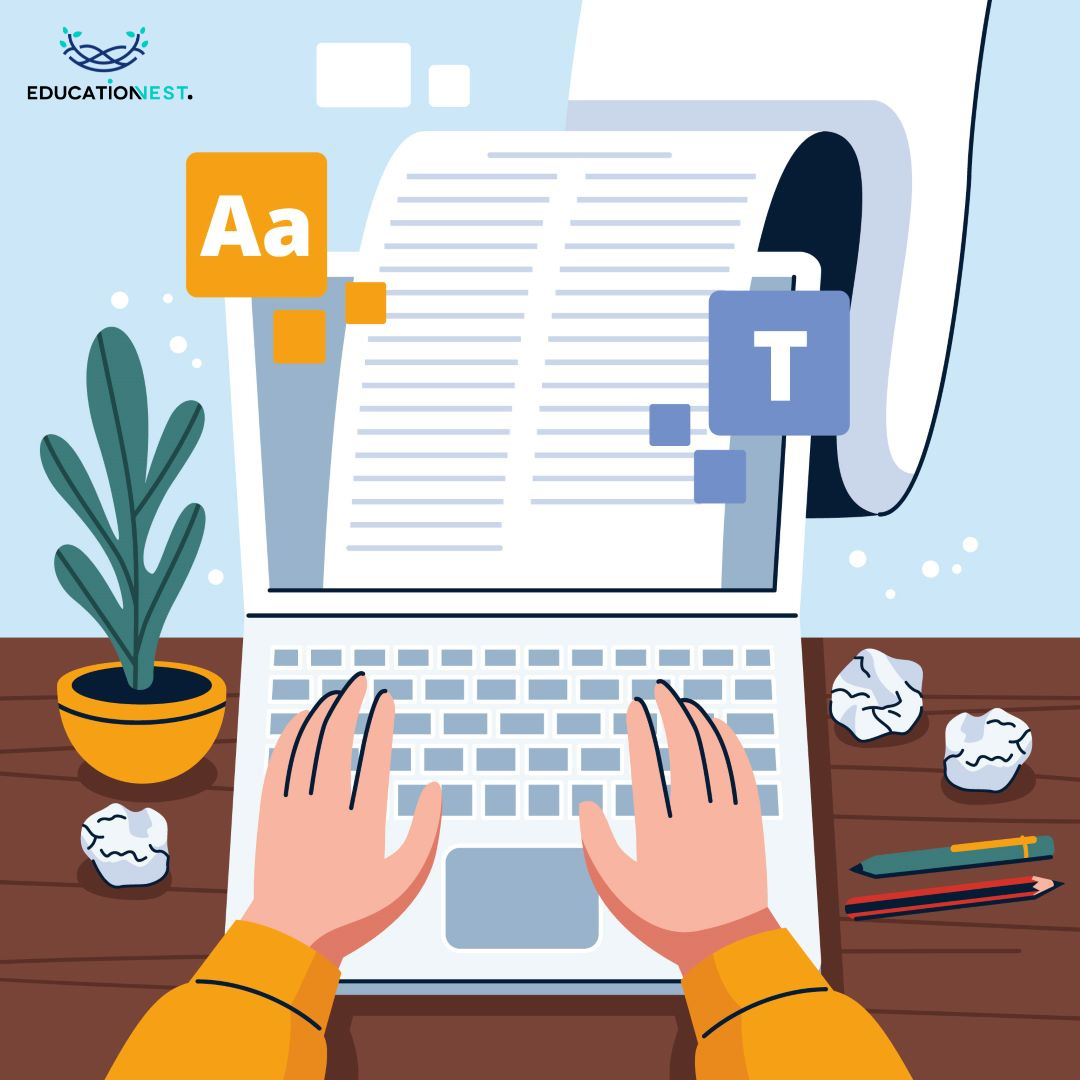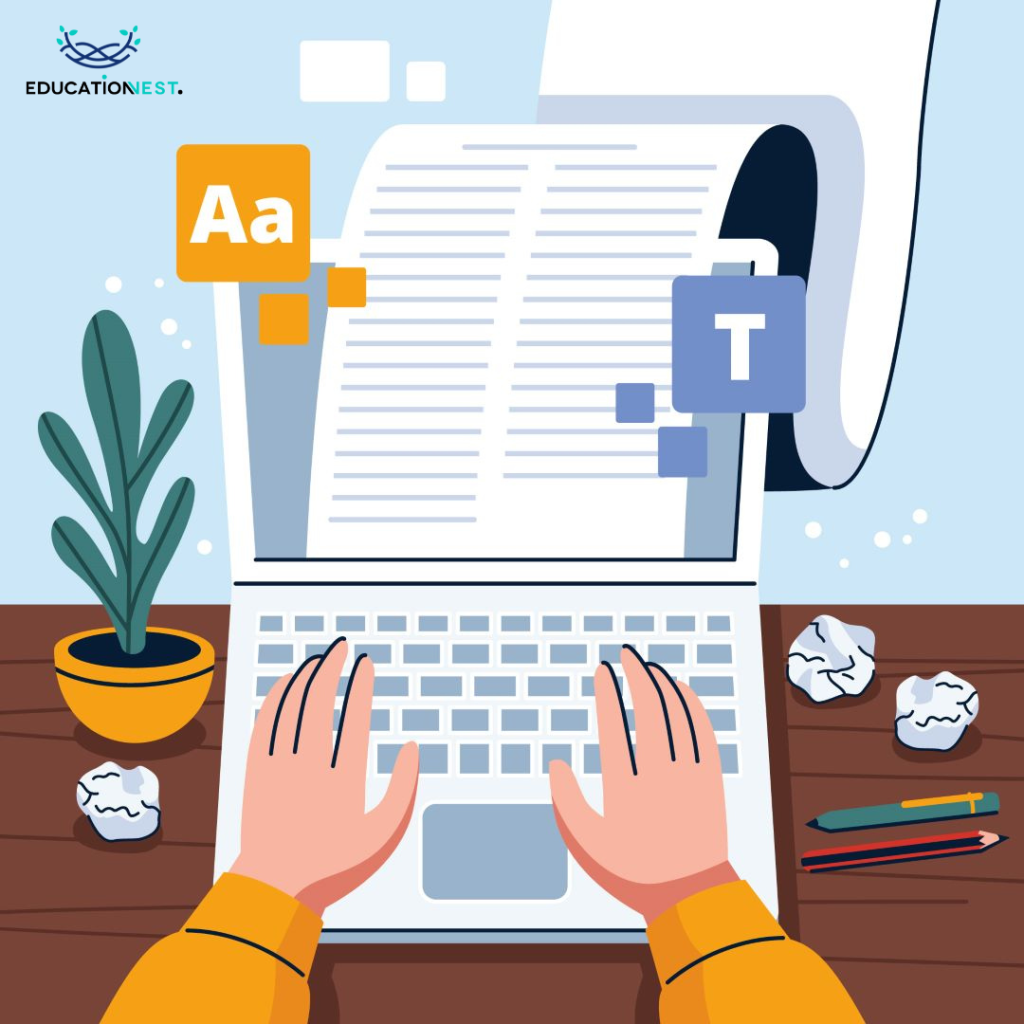
When we talk about the article writing format, many of us might recall the days of learning how to write an article for a magazine. Whether it was in article writing format class 12 or a project designed to boost our creative expression, the foundation was the same. The goal? To craft something both engaging and informative. But let’s be honest, it wasn’t always straightforward. For many, finding examples or guidance, especially article writing examples for students, was a game-changer. This introduction to article writing is all about demystifying that process. We’ll dive into the nuts and bolts of the article writing format, share tips and tricks on how to write an article for a magazine, look at article writing examples for students, and ensure you have a solid understanding of article writing format class 12 requirements. So, whether you’re a student looking to ace your next assignment or an aspiring writer aiming to captivate your audience, this guide will pave the way for your success in article writing.
Understanding the Basics of Article Writing Format
Before you put pen to paper, knowing the basic article writing format is crucial. At its core, an article consists of an introduction, body, and conclusion. The introduction sets the stage, drawing the reader in and giving them a taste of what’s to come. The body is where you dive deep, presenting your ideas, arguments, and supporting evidence in a structured way. Lastly, the conclusion ties everything together, leaving your reader with something to ponder.
But there’s more to it than just structure. To make your article stand out, focus on clarity and simplicity. Use short sentences and paragraphs to keep your reader engaged. Bullet points and subheadings can help break down information and make it more digestible. Remember, the key is to convey your message as clearly and concisely as possible.
Crafting an Engaging Introduction
The introduction is your first impression, so make it count. Start with a hook – a question, a surprising fact, or a bold statement – something that will grab your reader’s attention. Then, briefly outline what your article will cover. But keep it intriguing; you want your reader to be curious about what’s coming next.
A good introduction sets the tone for the rest of your article. It should be relevant to your topic and resonate with your target audience. Whether you’re writing for a magazine or a class assignment, tailoring your introduction to your readers is key to keeping them engaged from start to finish.
Tips for Writing a Compelling Body
The body of your article is where you get to the heart of the matter. Each paragraph should focus on a single idea, supported by facts, examples, or anecdotes. Transition words like “furthermore,” “however,” and “for instance,” can help create a smooth flow between your points.
To enhance readability, vary your sentence structure and use active voice. Active voice makes your writing more direct and energetic, which keeps your readers interested. Also, don’t shy away from using personal experiences or stories to illustrate your points. This can add a relatable and engaging element to your article.
Concluding Your Article with Impact
A powerful conclusion is as important as a strong introduction. It’s your chance to reinforce your main points and leave a lasting impression. Summarize the key takeaways of your article, and if appropriate, include a call to action or pose a thought-provoking question. This encourages your readers to reflect on what they’ve just read and engage further with your content.
Remember, the goal of your conclusion is to wrap up your article in a way that feels satisfying and complete. Avoid introducing new ideas here; instead, focus on closing the loop on what you’ve already discussed.
Article Writing Format with Example

Understanding the “article writing format” is essential for anyone looking to craft compelling and structured content, whether for school projects, magazines, or online platforms. Here’s a detailed breakdown of the format, along with an example to guide you through the process.
The Article Writing Format Explained
Title/Headline: This should be catchy and directly related to the content of your article. It’s the first thing readers see, so make it engaging.
Byline: This is the writer’s name, placed under the title.
Introduction: The introduction should hook the reader, providing a brief overview of the article’s main points or arguments. It sets the stage for the rest of the article.
Body: The body is the core of your article, where you develop your ideas or arguments. It’s usually divided into several paragraphs, each focusing on a specific point or aspect of the main topic. Use subheadings to break up sections and make the article easier to read.
Conclusion: The conclusion wraps up the article, summarizing the main points discussed and possibly suggesting further reading or posing a question to provoke thought or discussion.
Visuals (Optional): Depending on the medium, you might include images, charts, or graphs to support your text and make the article more engaging.
References/Citations (If necessary): If your article uses data or quotes from other sources, make sure to properly cite them to give credit where it’s due.
Also Read:
Creative Writing Checklist: How to Become a Pro
Example Article: “The Benefits of Starting Your Day Early”
Title: The Benefits of Starting Your Day Early
Byline: Jamie Doe
Introduction: Have you ever wondered why some people seem to have more hours in the day? The secret might be simpler than you think: they start their day early. This article explores the numerous benefits of waking up with the sun, from improved productivity to better mental health.
Body:
Increased Productivity: One of the key advantages of starting your day early is the boost in productivity it provides. With fewer distractions in the early hours, you’re more likely to get things done. Studies have shown that early risers are often more proactive and can manage their time more efficiently.
Enhanced Mental Health: Early mornings offer a peaceful time for reflection and meditation, leading to better mental health. The quiet hours can serve as a stress-free time to plan the day, set goals, or simply enjoy a moment of solitude before the hustle and bustle begin.
Better Physical Health: People who wake up early tend to have more time for exercise, leading to better physical health. A morning workout can jumpstart your metabolism, improve your energy levels throughout the day, and help you sleep better at night.
Conclusion: The benefits of starting your day early are clear, from enhanced productivity to improved health. While it may require some adjustment to your current routine, the rewards are well worth the effort. Tomorrow, consider setting your alarm a bit earlier and discover the positive changes it can bring to your life.
Visuals: A chart showing productivity levels of early risers vs. night owls; a peaceful sunrise image.
This example follows the article writing format closely, with a clear structure and flow from introduction to conclusion. It presents the main idea, expands on it with specific points, and wraps up by summarizing the benefits. Remember, the key to a successful article is not just adhering to the format but also engaging your reader with interesting content and a compelling narrative.
Final Thoughts
Writing an article can be a rewarding experience, especially when you have the right tools and knowledge at your disposal. By following the article writing format and incorporating these tips into your writing process, you’ll be well on your way to creating articles that are not only informative but also engaging and enjoyable to read. Whether for a class assignment or a magazine feature, your articles will have the impact and clarity needed to capture your audience’s attention. Happy writing!

